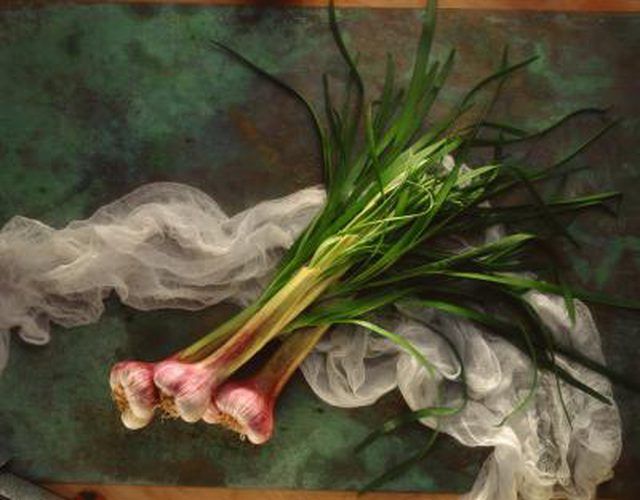Bulbs
Flower Basics
Flower Beds & Specialty Gardens
Flower Garden
Garden Furniture
Garden Gnomes
Garden Seeds
Garden Sheds
Garden Statues
Garden Tools & Supplies
Gardening Basics
Green & Organic
Groundcovers & Vines
Growing Annuals
Growing Basil
Growing Beans
Growing Berries
Growing Blueberries
Growing Cactus
Growing Corn
Growing Cotton
Growing Edibles
Growing Flowers
Growing Garlic
Growing Grapes
Growing Grass
Growing Herbs
Growing Jasmine
Growing Mint
Growing Mushrooms
Orchids
Growing Peanuts
Growing Perennials
Growing Plants
Growing Rosemary
Growing Roses
Growing Strawberries
Growing Sunflowers
Growing Thyme
Growing Tomatoes
Growing Tulips
Growing Vegetables
Herb Basics
Herb Garden
Indoor Growing
Landscaping Basics
Landscaping Patios
Landscaping Plants
Landscaping Shrubs
Landscaping Trees
Landscaping Walks & Pathways
Lawn Basics
Lawn Maintenance
Lawn Mowers
Lawn Ornaments
Lawn Planting
Lawn Tools
Outdoor Growing
Overall Landscape Planning
Pests, Weeds & Problems
Plant Basics
Rock Garden
Rose Garden
Shrubs
Soil
Specialty Gardens
Trees
Vegetable Garden
Yard Maintenance
How to Plant Garlic in Pots
How to Plant Garlic in Pots. A bulb that prefers slightly dry soil, garlic (Allium sativum) grows well in pots. Garlic is planted as a single clove and grows into a bulb containing many cloves. Hardy in U.S. Department of Agriculture plant hardiness zones 4 through 9, garlic grows best in a full-sun site and matures into a plant 12 to 18 inches...

A bulb that prefers slightly dry soil, garlic (Allium sativum) grows well in pots. Garlic is planted as a single clove and grows into a bulb containing many cloves. Hardy in U.S. Department of Agriculture plant hardiness zones 4 through 9, garlic grows best in a full-sun site and matures into a plant 12 to 18 inches tall and 9 to 12 inches wide.
Planting Time
Fall planting provides the largest garlic bulbs, but in severely cold winters and winters in zones colder than USDA zone 4, garlic may not survive. Garlic must experience cold temperatures to form bulbs.
In USDA zones colder than 4, plant garlic in the spring as soon as the soil has thawed. In warmer areas, plant garlic in pots after the first frost in fall, and place the pots outdoors in a sunny area sheltered from wind. Garlic begins to form a bulb after exposure to soil temperatures below 65 degrees Fahrenheit.
Containers for Garlic
Suitable containers for garlic must have drainage holes and can be made of clay, plastic or other materials. Select containers 5 to 7 inches deep, which provides for 4 to 6 inches of potting soil and a 1 inch gap between the surface of the soil and the container rims. Container volumes should be 1 to 3 gallons.
Clay containers allow water to evaporate through the sides, providing the airy, well-drained conditions garlic roots prefer. Plastic and other waterproof containers can also be used to grow garlic, but in those conditions the plant will often need more careful watering than clay containers to avoid making the potting soil soggy.
Potting Soil
Garlic grows best in medium-moisture, freely draining potting soil. To create your own potting soil for growing garlic, mix 1 part coconut coir, 1 part compost and 1 part vermiculite or perlite. You can substitute peat moss for coconut coir, but peat moss is a nonrenewable resource. Alternatively, use a well-drained, general-purpose commercial potting soil.
Put on waterproof gloves, and moisten the potting soil by sprinkling water over it while turning it over with a garden trowel, until the mixture is moist throughout. At the same time, mix in 1/2 cup of blood meal and 1/2 cup of bone meal for every 5 gallons of potting mix.
Garlic Cloves
Garlic specially grown for planting produces the best bulbs. Store-bought garlic can carry viruses, and may not be suited to growing in your area. Some garlic in stores has also been treated to prevent it from sprouting.
Split a garlic bulb into separate cloves, and plant the cloves so that their tips are 2 inches below the soil surface, and 4 to 6 inches apart in the pots. Pots 6 inches in diameter hold four cloves, equally spaced 4 inches apart. Water the pots until water flows through the drainage holes, and continue to apply water when the potting soil surface is dry. Garlic doesn't need fertilizer until after sprouts appear.